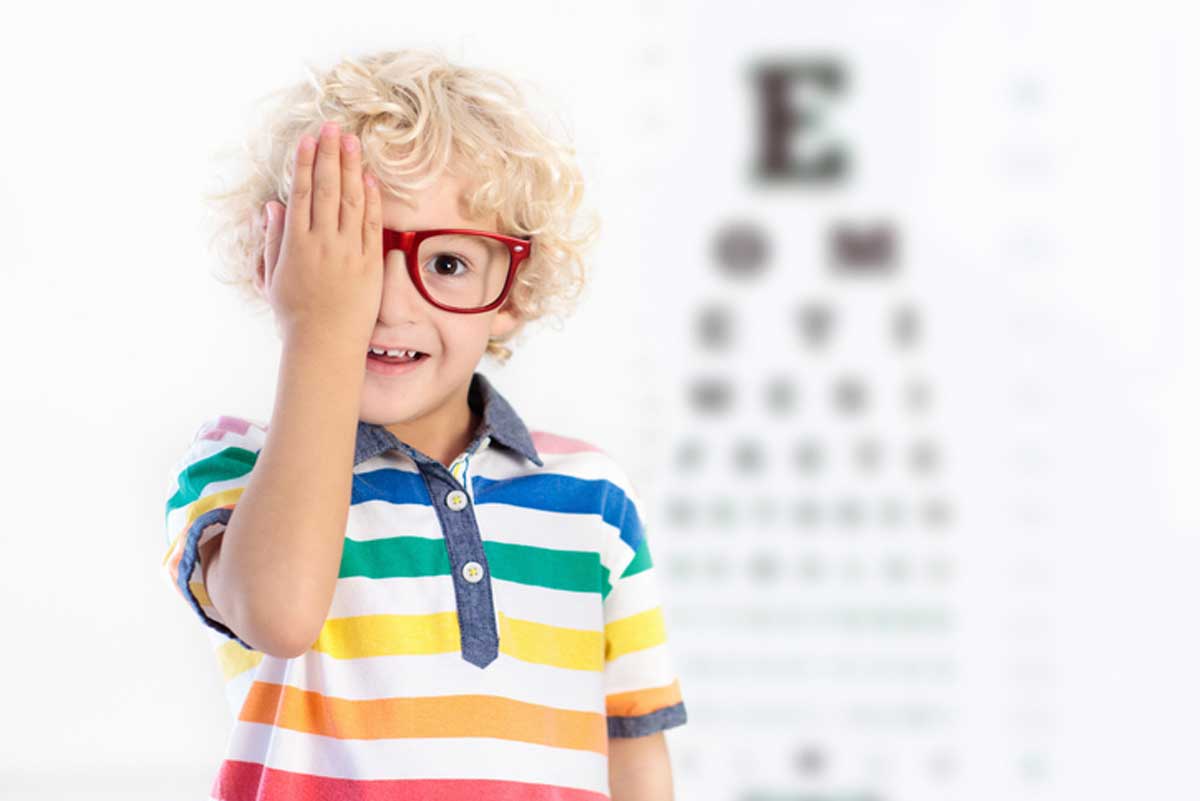 |
|
For children with well-controlled intermittent exotropia, gradual tapering of overminus lens power and wear time can help clinicians determine condition stability and whether or not further treatment, such as strabismus surgery, may be needed. Photo: Getty Images. |
Overminus lens wear can temporarily improve intermittent exotropia in young children, but the therapy has also been associated with increased myopic shift when worn for a year. To learn whether this myopic shift persists after discontinuing overminus lens wear, researchers conducted an 18-month extension study of the Trial of Overminus Spectacle Therapy for Intermittent Exotropia cohort. They found that, while the shift persisted, it didn’t increase.
The Trial of Overminus Spectacle Therapy included 386 children with intermittent exotropia ages three to 10 (baseline SER range: -6D to +1D), randomized to overminus spectacles (n=196; -2.5D for 12 months, -1.25D for three months and non-overminus for three months) or non-overminus spectacles (n=190).
In the extension study, 205 children completed 36 months of follow up (56.6% female; mean age 6.2 years). The researchers found that the overminus group (n=124) had a greater mean SER change from baseline to month six than the non-overminus group (n=99) (-0.74D vs. -0.44D). A total of 26.8% of the overminus group had more than 1D of myopic shift vs. 15% of the non-overminus group. The researchers observed a mean myopic shift of -0.34D and -0.36D in the overminus and non-overminus groups, respectively, between months 12 and 36.
Overall, the extension study demonstrated that the overminus group experienced a greater mean myopic shift over three years than the non-overminus group, but that the shift was similar between the two groups after year one.
“Over three years, one year of overminus treatment was associated with a 0.33D increase in mean myopic shift and approximately twice the risk of having a myopic shift of 1D or greater,” the researchers concluded in their JAMA Ophthalmology paper. “The risk of myopic shift should be discussed when considering overminus lens treatment for children with intermittent exotropia, particularly for those already myopic.”
Writing Committee for the Pediatric Eye Disease Investigator Group; for the Pediatric Eye Disease Investigator Group. Refractive error change and overminus lens therapy for childhood intermitten exotropia. JAMA Ophthalmol 2024. [Epub March 21, 2024]. |


